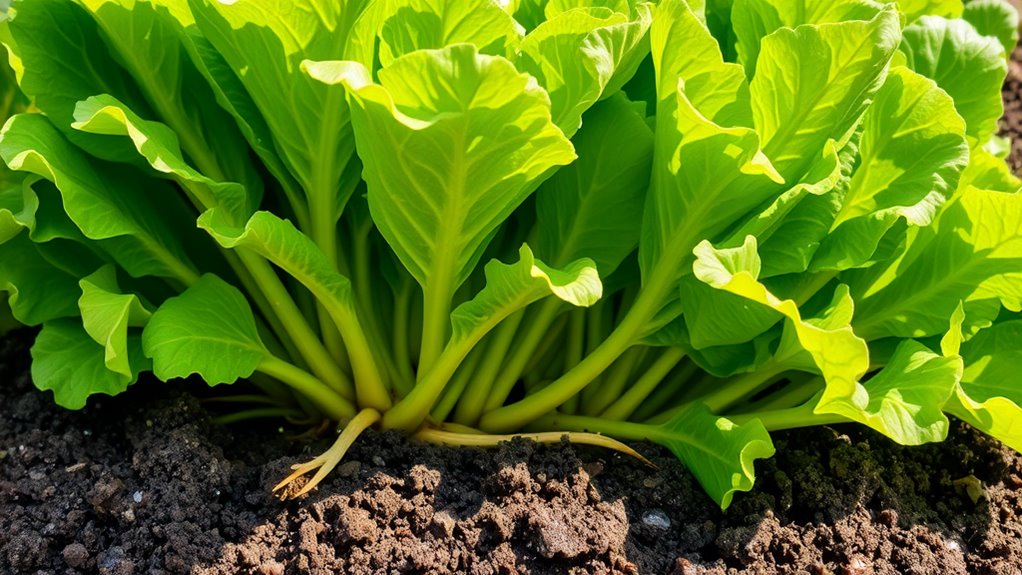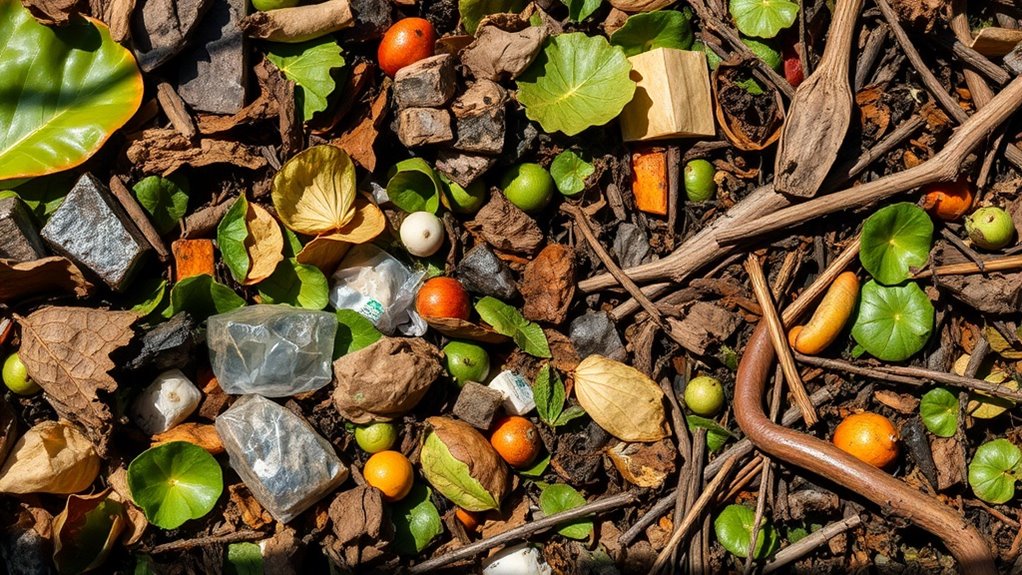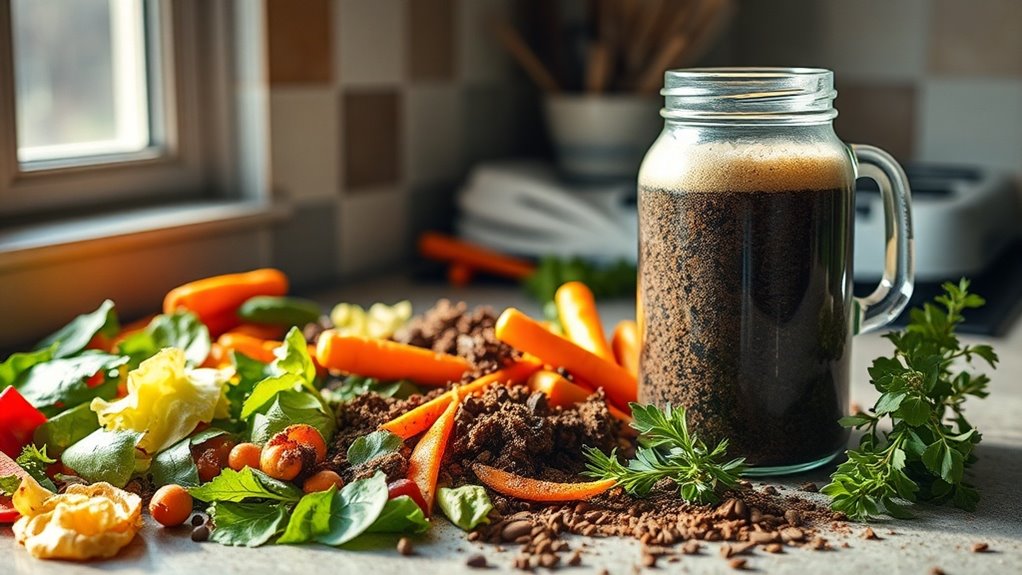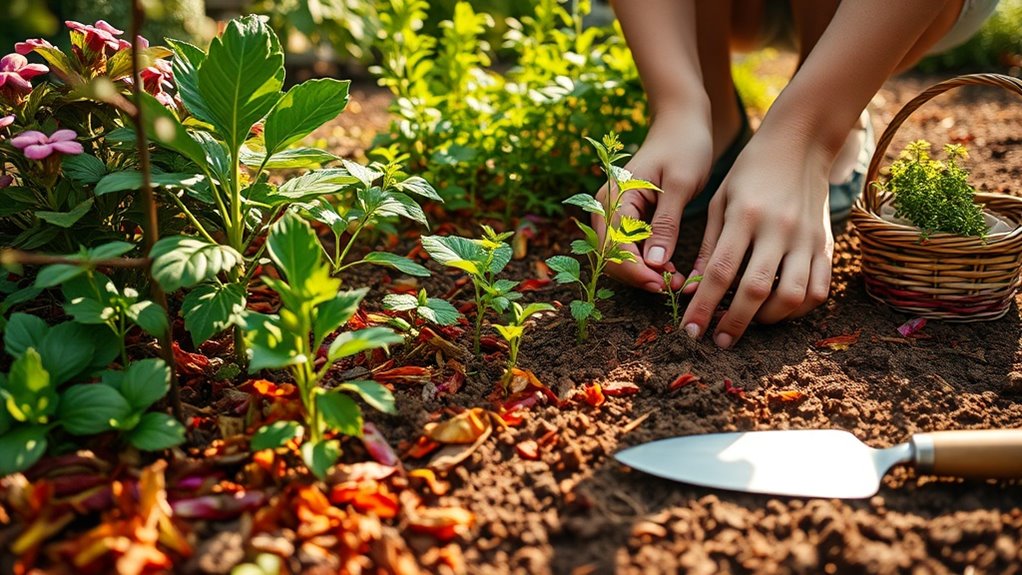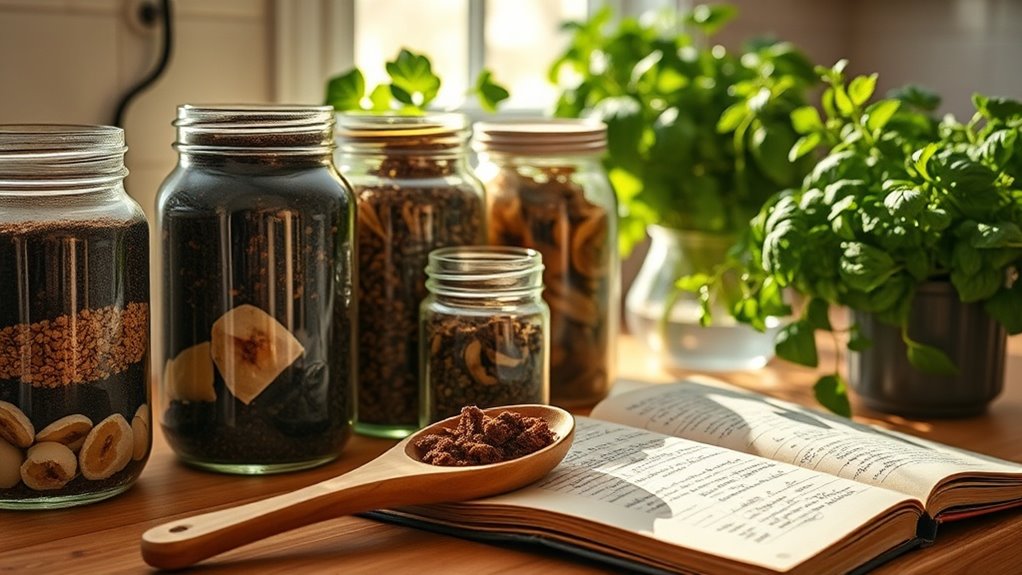My Lettuce Lasted 2x Longer After I Switched to This Soil
Quality soil can drastically affect the lifespan of your lettuce crops, often more than you might expect. When you switch to a high-quality soil mix, you may notice significant changes in your plants’ health and vitality. The transformation can result from improvements in nutrient balance and moisture retention. So, what happens when you make such a switch? Let’s explore the impact of soil choice on your lettuce growth and the specific advantages you can gain.
The Importance of Quality Soil for Lettuce Growth
Quality soil acts as the backbone of successful lettuce cultivation.
The best soil for lettuce features a balanced pH, rich organic matter, and excellent drainage. Using loamy or sandy soils enhances nutrient availability and promotes root growth, crucial for robust plants. Research shows that high-quality soil not only fosters better yield but also improves flavor, making your lettuce more enjoyable and marketable. Additionally, avoiding habits that harm soil can significantly enhance soil health and contribute to thriving lettuce gardens.
Key Characteristics of Optimal Lettuce Soil
When selecting soil for optimal lettuce growth, understanding its key characteristics is essential.
Look for a well-draining mix with a pH between 6.0 and 7.0, as this supports nutrient availability.
High organic matter content ensures moisture retention while promoting microbial activity.
Additionally, ensure the soil is light and airy, preventing compaction, which can hinder root development and overall plant health. Incorporating natural materials into your soil can further enhance its fertility and ecological balance.
My Previous Soil Experience
After learning about the fundamental characteristics of optimal lettuce soil, it’s helpful to reflect on my own experiences with different soil types in my gardening endeavors.
Initially, I used a generic potting mix, which led to inconsistent growth and frequent moisture retention issues. Poor drainage hindered root development, while nutrient imbalances resulted in smaller, less robust lettuce plants compared to those grown in tailored soil blends. My observations emphasized the importance of essential soil ingredients in providing vital nutrients for optimal plant health.
Transitioning to New Soil: What I Did
Realizing that my previous soil mix was hindering growth, I decided to make a strategic switch to a custom soil blend specifically formulated for lettuce cultivation.
Here’s what you’ll want to consider when transitioning:
-
Nutrient balance: Ensure the mix provides essential macro and micronutrients.
-
Drainage capacity: Look for soil that retains moisture without becoming waterlogged.
-
pH level: Aim for a slightly acidic to neutral pH for optimal lettuce growth.
Additionally, be mindful of signs of struggling garden soil as they can guide you in selecting the right soil mix.
Observations and Results After Switching Soil
Switching to a custom soil blend has yielded significant changes in my lettuce crop.
You’ll notice enhanced root development and improved moisture retention, leading to healthier plants.
The nutrient composition has accelerated growth rates, evidenced by an increase in leaf size and color vibrancy.
In just weeks, your lettuce will showcase greater resilience against pests, ultimately extending its shelf life.
Additionally, simple methods to evaluate soil health can help you ensure that your custom soil blend remains optimal for continued lettuce success.
Recommendations for Choosing the Best Soil for Lettuce
How do you choose the best soil for cultivating lettuce? Start by considering essential factors that promote healthy growth. Here are key recommendations:
-
Well-draining composition: A mix of organic matter ensures proper aeration and moisture retention.
-
pH balance: Aim for slightly acidic to neutral (6.0-7.0) for optimal nutrient uptake.
-
Nutrient-rich additives: Incorporate compost or worm castings for enhanced fertility.
In addition, natural tricks can be implemented to further improve soil quality within a week.
Selecting the right soil can significantly boost your crop yield.

